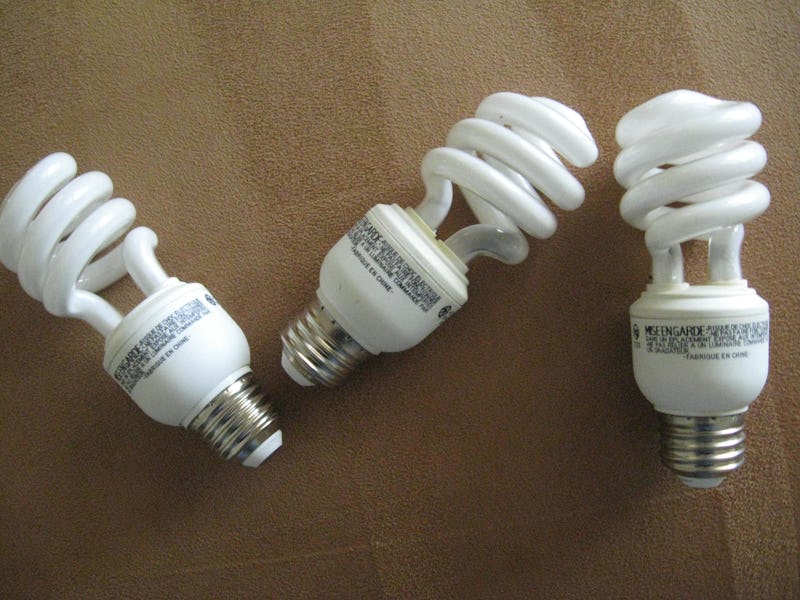Why General Electric Broke Up With CFL Light Bulbs and Hooked Up With LEDs
The spiral bulbs shone brightly, but economic prospects are dim.

The compact fluorescent lamp, that controversial spiral light bulb, had a moment in a spotlight of its own creation, but that moment has passed. General Electric, one of the three traditional major lighting brands, published a literal Dear John letter this week announcing that it is dumping the CFL in favor of light-emitting diodes. The spiral CFL is, for now, still a cultural symbol of the green movement. It just isn’t considered a good technological bet going forward because LEDs are getting way cheaper.
Here’s what happened to the GE/CFL relationship: In 2007, the US government passed a bill requiring light bulbs to be about 25 percent more efficient than they had been in the past. This basically eliminated traditional incandescents, but people were left with few good options. The best contender, the CFL, still cost a lot more up-front, and people didn’t like the quality of the light and other limitations of the bulbs. Some preferred LEDs, but they were wildly expensive. Just three years ago the LED equivalent of a 60-watt incandescent bulb cost $40 to $50.
But prices for LED bulbs, like many other technologically-driven consumer goods, have plummeted exponentially. A bulb can now go for $3 or less, and that’s before any government rebates promoting energy efficiency. “These LED lightbulbs are starting to replicate what the electrical filament has done for over 100 years — providing that look and warm ambience that people are used to,” says GE Lighting chief operating officer John Strainic in a blog post. “The time for LED is now.”
By next year, most CFL bulbs won’t even qualify for Energy Star certification, which seems a little nutty, given how closely the two have been symbolically linked. But it’s good news — a testament to how quickly technology is moving forward in terms of user-friendliness and energy efficiency. The next symbol of household efficiency is TBD — a marketing challenge for some hotshot advertising firm to tackle.